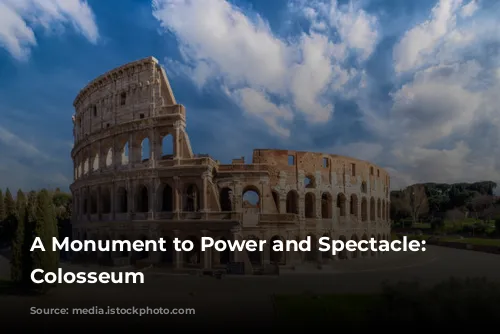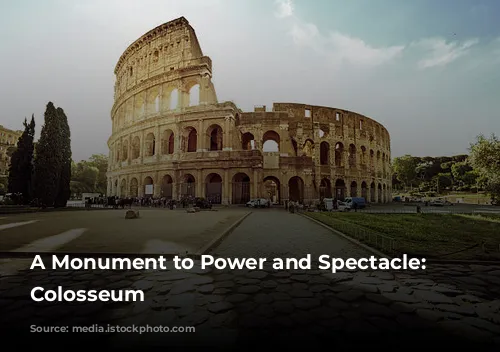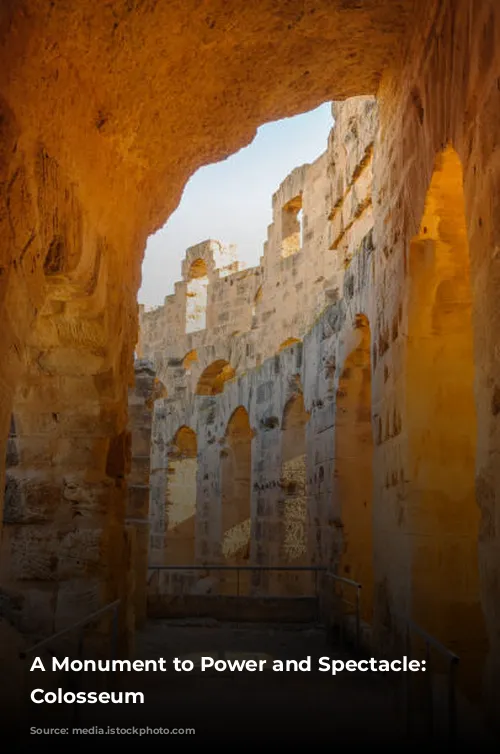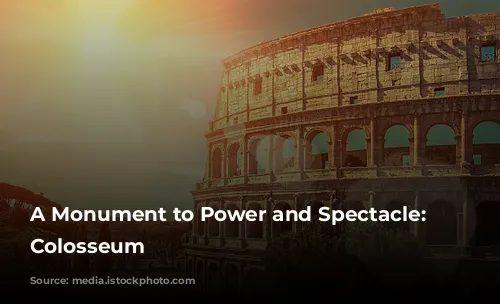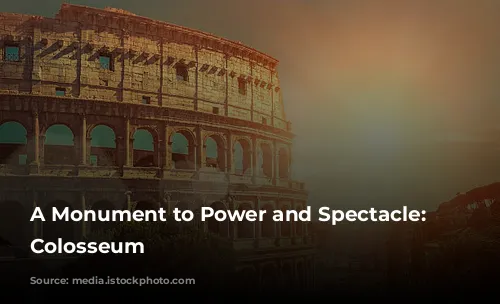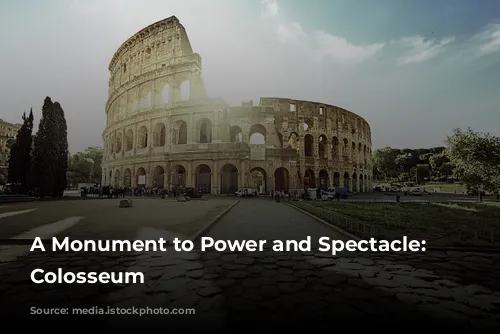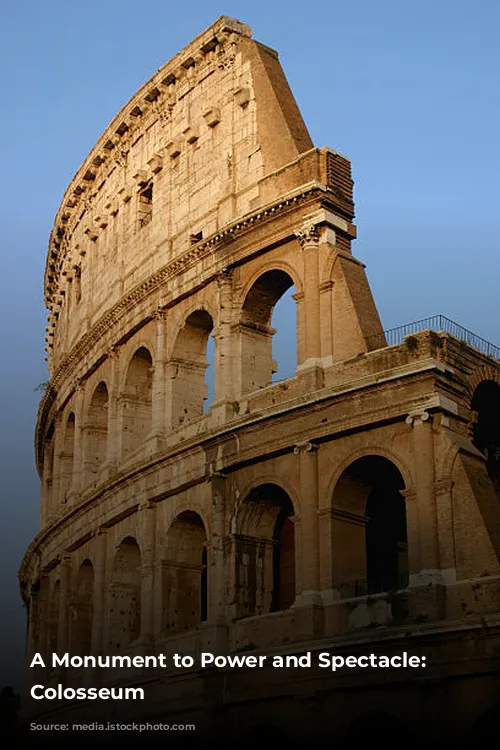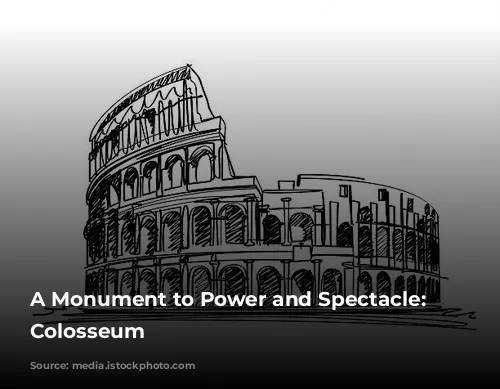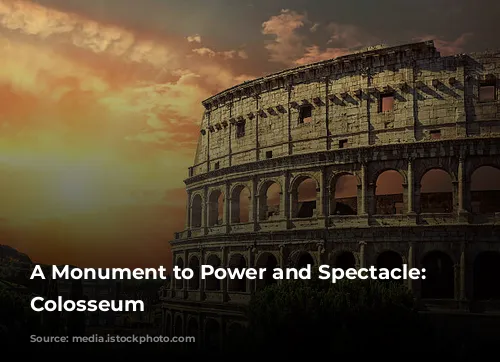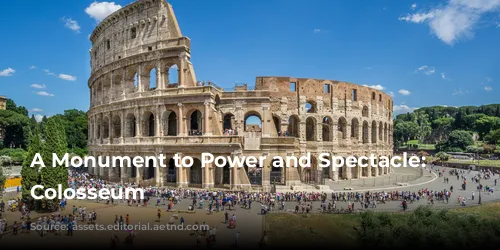The Colosseum, also known as the Flavian Amphitheater, stands as a towering symbol of ancient Rome’s grandeur and power. While it’s often associated with the brutal gladiatorial contests and animal hunts that took place within its walls, the Colosseum’s legacy extends far beyond mere entertainment. It serves as a testament to the architectural prowess and innovative engineering of the Roman Empire, and a reminder of the Flavian Dynasty’s ambition and political savvy.
This monumental structure, built in the first century A.D., was much more than just a place for games and spectacles. It was a carefully crafted symbol of the Flavian Dynasty’s power and dominance, designed to showcase their achievements and erase the legacy of their predecessor, Nero. The Colosseum’s construction was funded by the spoils of war, specifically from the Roman conquest of Jerusalem, demonstrating the dynasty’s military might and control over vast territories.
A Masterpiece of Engineering and Architecture
The Colosseum’s architectural design is a marvel of engineering and construction. Built using a combination of concrete, travertine, marble, stone, and timber, the structure rose to an impressive height, equivalent to a modern 15-story building. It was the largest and most complex permanent amphitheater of its time, capable of accommodating an astounding 50,000 to 80,000 spectators.
The Colosseum’s most significant innovation was its use of concrete, a material that allowed for a robust and durable structure. The engineers of the time cleverly utilized concrete to build a solid foundation, ensuring the amphitheater’s stability even in the challenging soil conditions near the Tiber River. This innovative use of concrete solidified its position as a pioneering example of Roman construction techniques.
A Reflection of Roman Society
The Colosseum was not only a marvel of engineering but also a reflection of Roman society’s strict social hierarchy. Seating within the amphitheater was carefully arranged to reflect social status, wealth, and gender. The most prestigious seats, closest to the arena, were reserved for the Emperor and the Roman elite. The middle tiers accommodated the Equestrian order, while the upper tiers, known as the “nosebleed seats,” were reserved for the vast majority of the Roman population: women, foreigners, and the lower classes.
The Colosseum’s design facilitated a controlled flow of people, with separate entrances and corridors for different social groups. This system maintained social order within the amphitheater, ensuring that spectators remained within their designated areas. Despite the rigid social hierarchy, the Colosseum’s unique elliptical architecture ensured that all spectators had a clear view of the action within the arena, providing a unifying experience for all classes.
The Colosseum’s Legacy
Beyond its architectural achievements, the Colosseum serves as a powerful symbol of Roman civilization and its lasting influence. It’s considered the ancestor of modern outdoor sports stadiums, with its architectural features, such as the use of arches for support, its elliptical shape, and its organized entry and exit systems, directly influencing the design of modern venues.
The Colosseum’s enduring legacy is a testament to the ingenuity and creativity of ancient Roman architects and engineers. This architectural marvel continues to inspire awe and wonder, serving as a reminder of the ancient world’s power and ingenuity, and the enduring impact of Roman civilization on the world.


